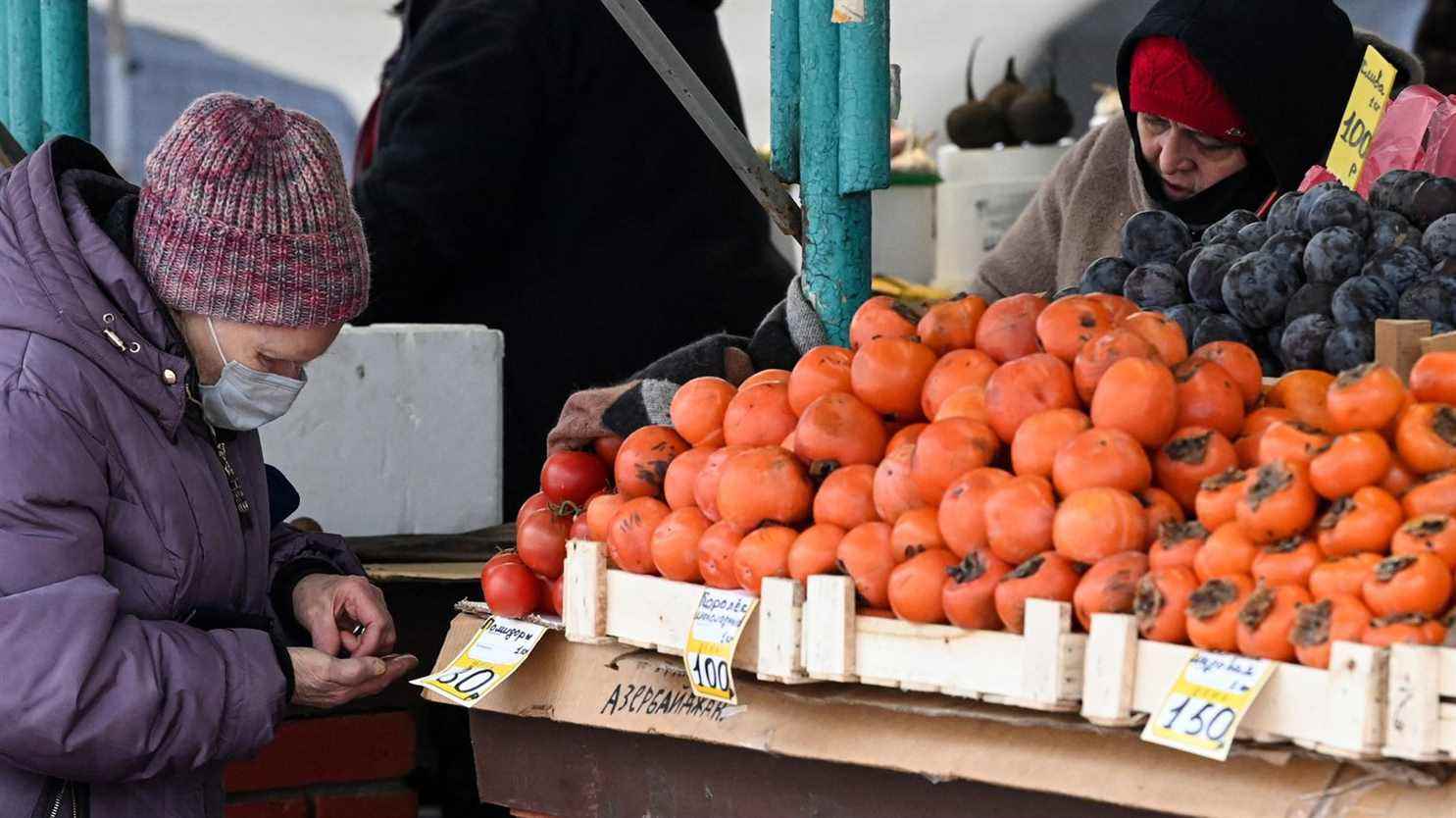Europe has been facing a return of inflation for several months. Forecasts for 2022 point to an average price increase of 3.5% in the euro zone, in particular due to the surge in energy prices. In France, hasfter having already reached 2.9% over one year in January, inflation should reach “between 3% and 3.5%” in the first half of 2022, estimated INSEE Tuesday, February 8.
Due to globalization, other countries are also confronted with this inflationary pressure. But some do better than others.
In Russia, record broken
From January 2021 to January 2022, inflation reached 8.7%. That hadn’t happened since 2016, and it’s more than double the central bank’s stated target. At that time, Russia was paying the price for the sanctions imposed by the West following the annexation of Crimea. Prices then stabilized but the pandemic made them start to rise again, and especially the price of food products. The price of pasta has become a political issue in Russia, because it is rising even faster than inflation. Last year, sunflower oil took 70%, potatoes 40%… Rising prices are a major topic in today’s Russia.
Faced with this situation, the government has introduced export quotas for agricultural products in an attempt to favor the Russian market, as well as controlling the price of certain foodstuffs. But this does not work very well, and it is also very contested by economic circles. The director of the central bank of Russia, Elvira Nabiullina, openly criticized this policy, which is not so common here, coming from a very senior institution official.
A political risk for Russian power
The situation probably even presents more danger for the Kremlin than the problems of individual freedoms, for example. Inflation is a painful subject for many Russians, who remember the years 1990-2000, the terrible years in Russia, when prices rose by 10,000% per year! Rising prices and impoverishment were at the center of the last major demonstrations in Russia in the summer of 2020, when Alexei Navalny was poisoned…
Questioned on the subject, in December during his annual press conference, Vladimir Putin got out of it by a pirouette by affirming that inflation in Russia was not that important, that there was worse elsewhere. It is not obvious that these kinds of arguments can work indefinitely.
In China, inflation under control
Unlike other major economies around the world, the latest numbers released by the National Bureau of Statistics are pretty good. Nothing to do with the situation in the euro zone, or in the United States. In January, consumer prices, the main indicator of inflation, rose by only 0.9%. Evolution identical to that observed over the whole of 2021.
And yet the specter of inflation was indeed present in China, even less than a year and a half ago. Following the country’s shutdown due to the Covid-19 pandemic, prices soared 2.4% in 2020. But thanks to measures to contain soaring commodity prices, the Chinese government managed to to reverse the trend, leading to extremely limited inflation today, which is the envy of the rest of the planet.
Food prices down
If inflation is under control, it is above all because the prices of food products in stores are clearly down in China: -3.8% in the month in January. And this reduction seems to be long-term. If we take for example pork, by far the most consumed in the country, we see that the fall in prices is continuous. Over one year, it reached almost 37%.
It really changes the lives of Chinese people when they go shopping. In recent years, the price of pork had doubled due to an epidemic of swine fever which decimated farms. Today we have returned to quite reasonable prices, and food seems to have carried over the other sectors.
